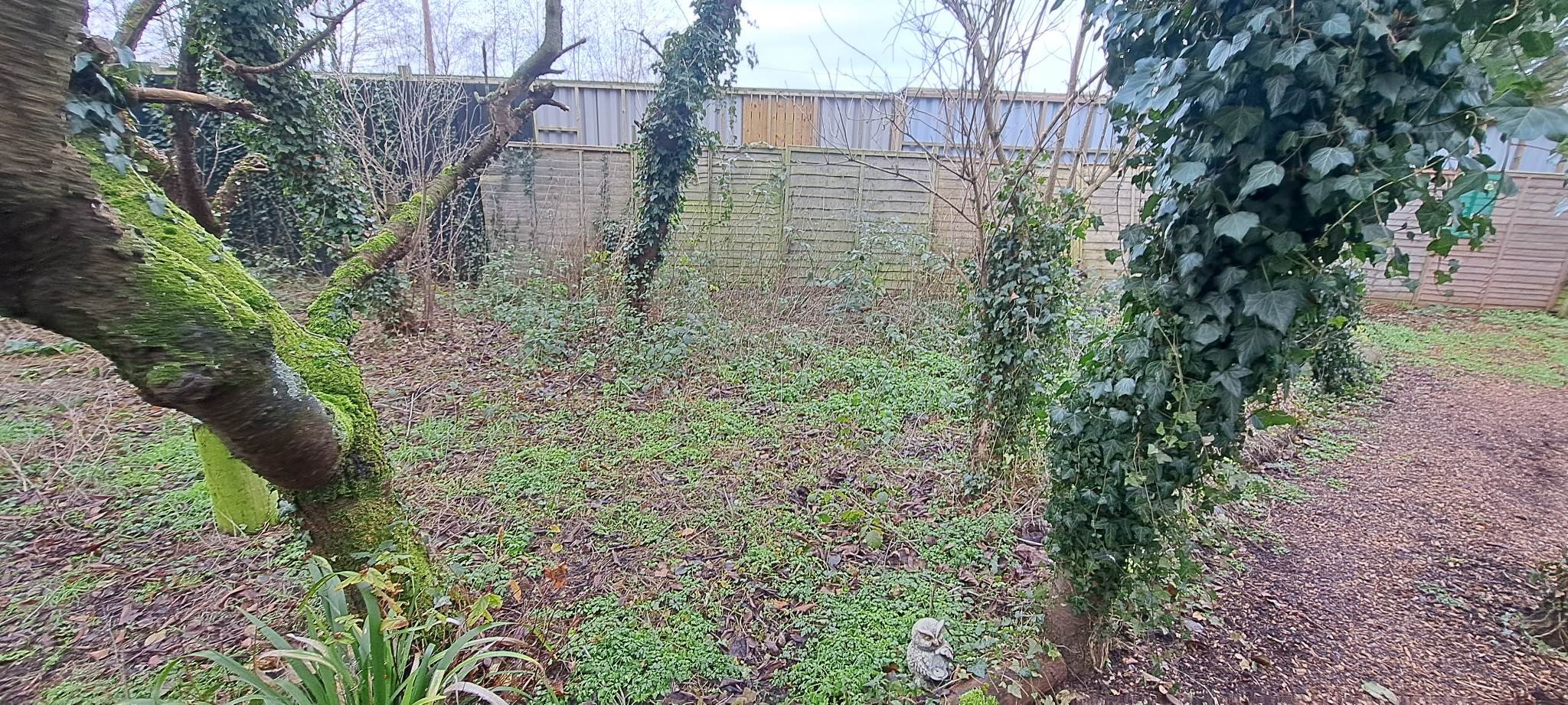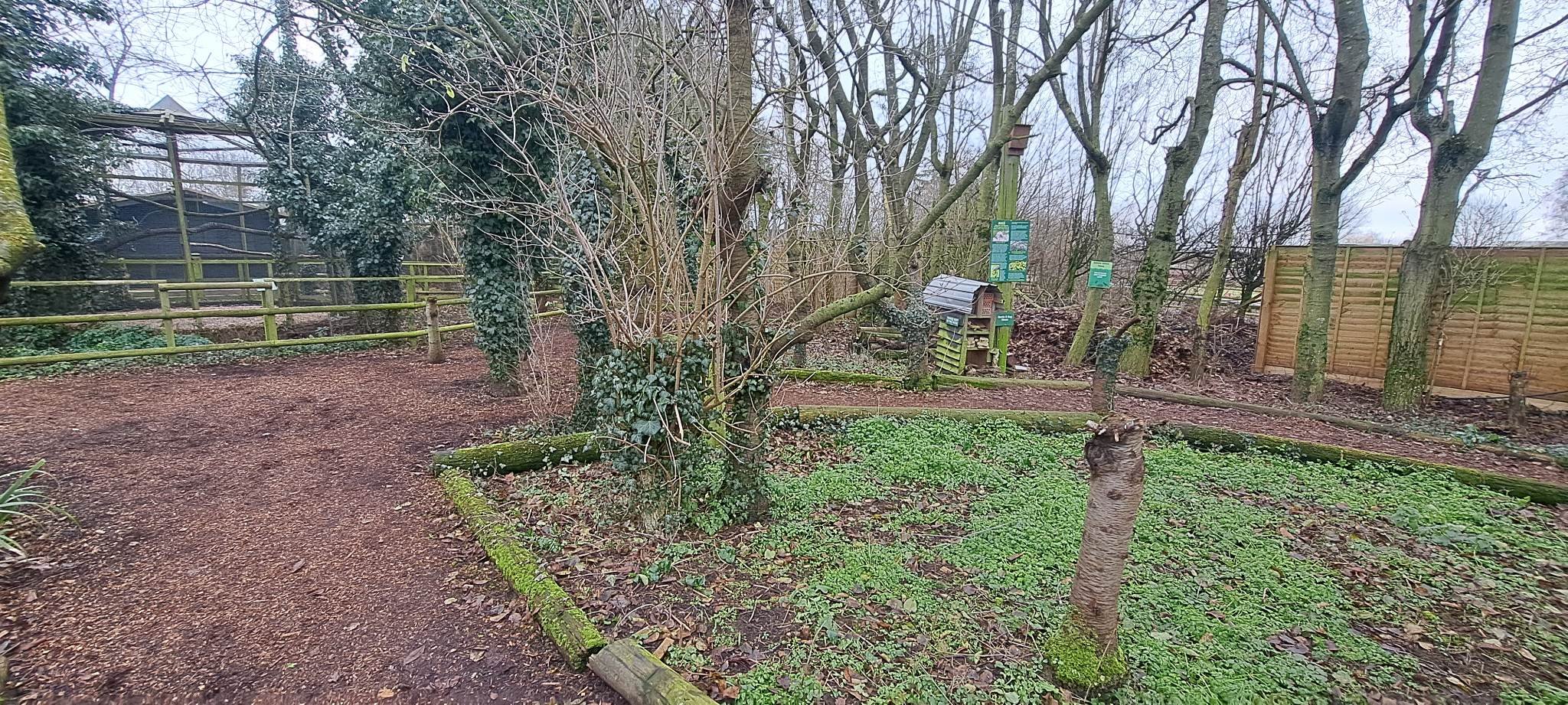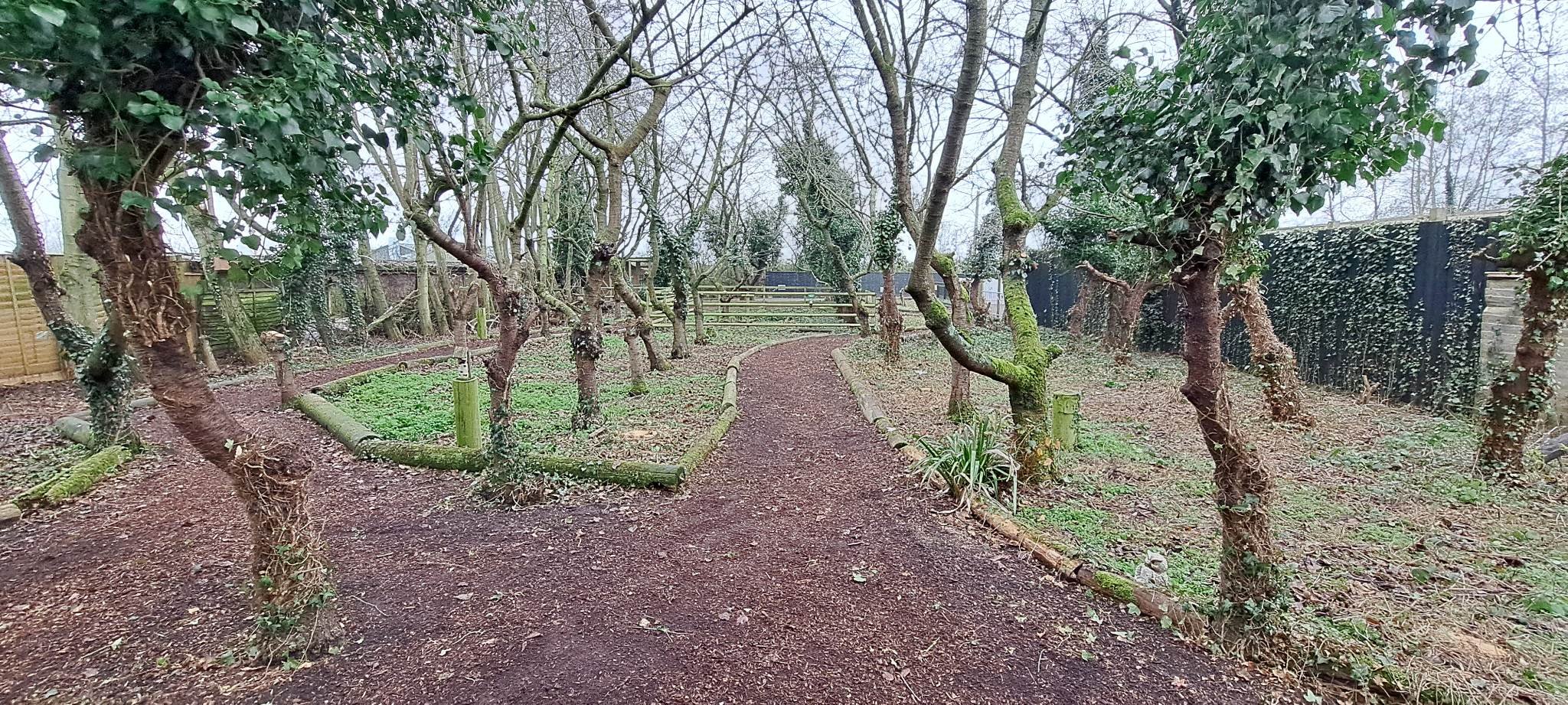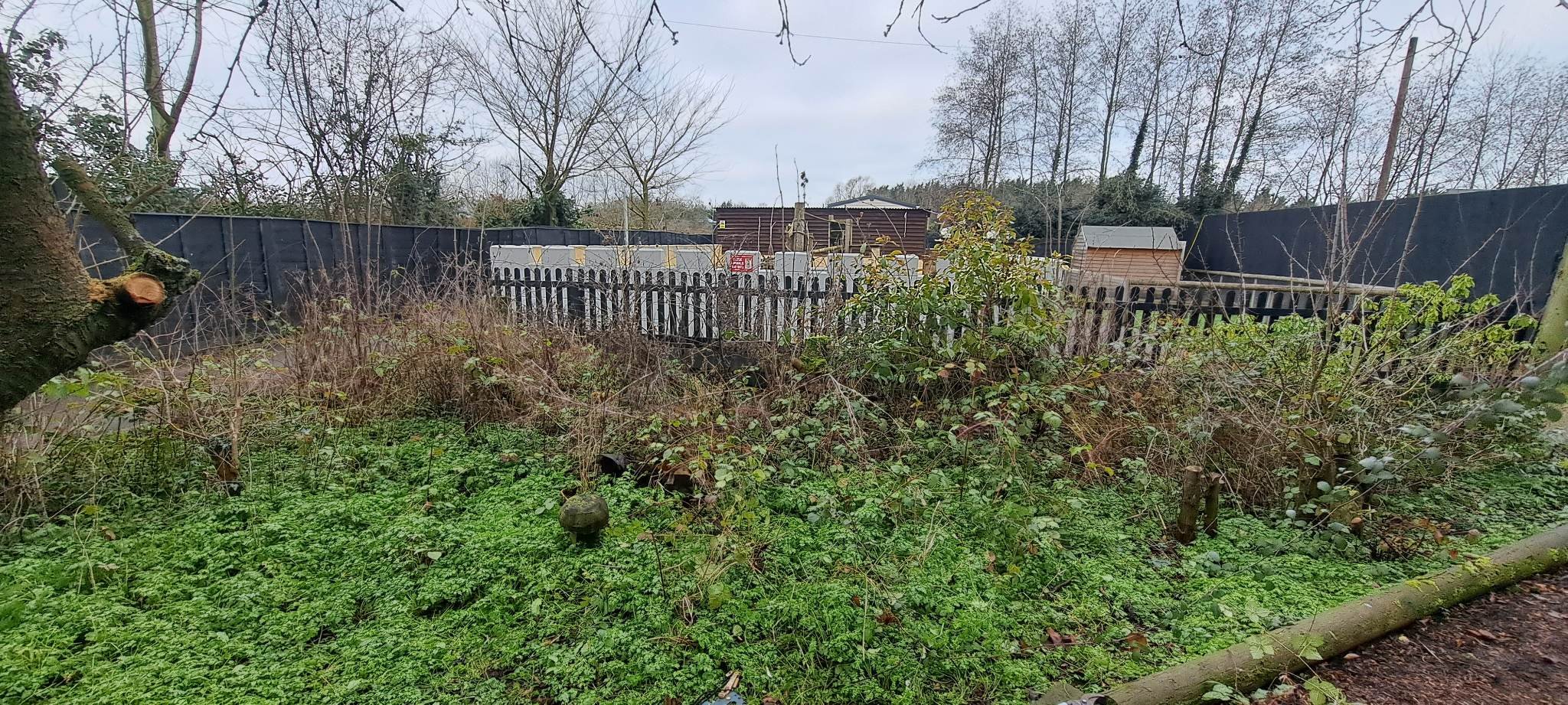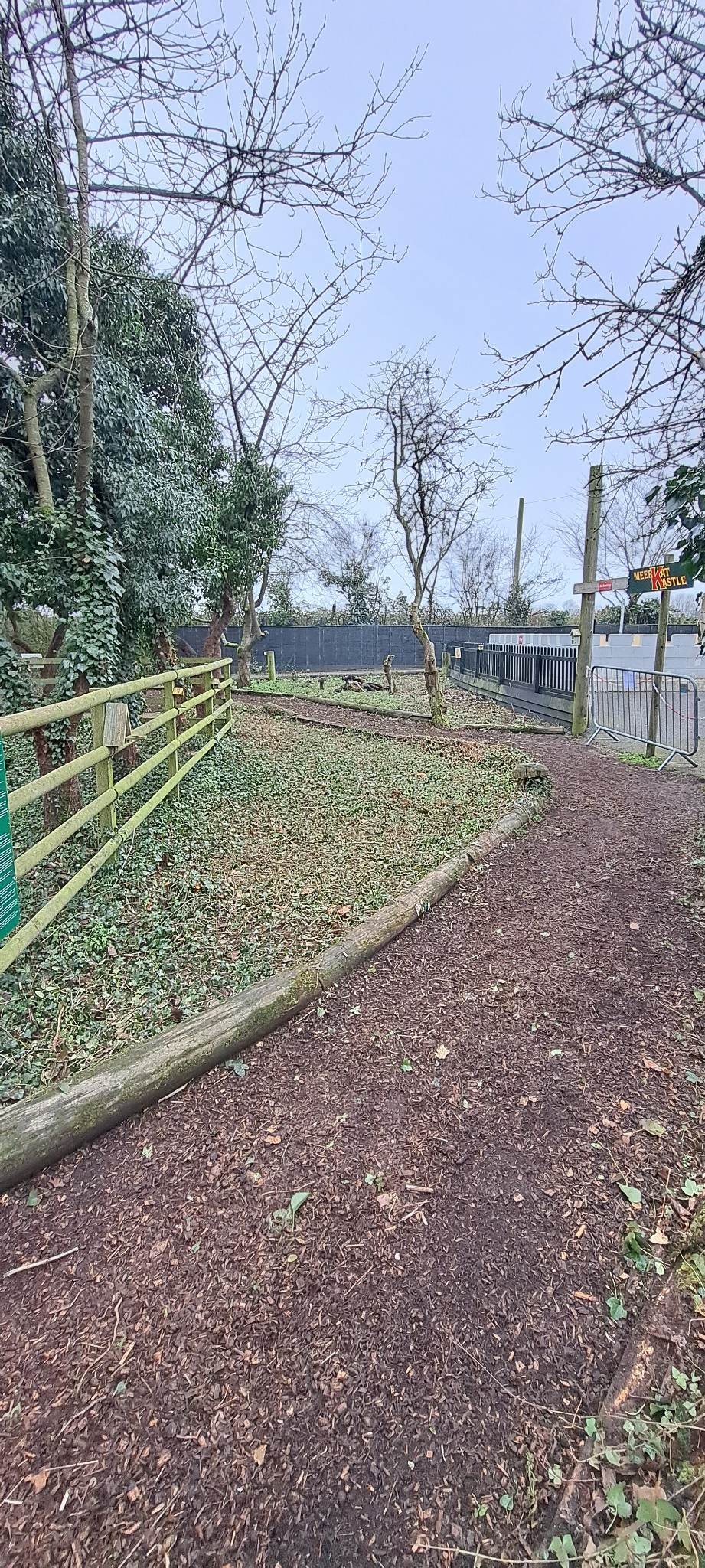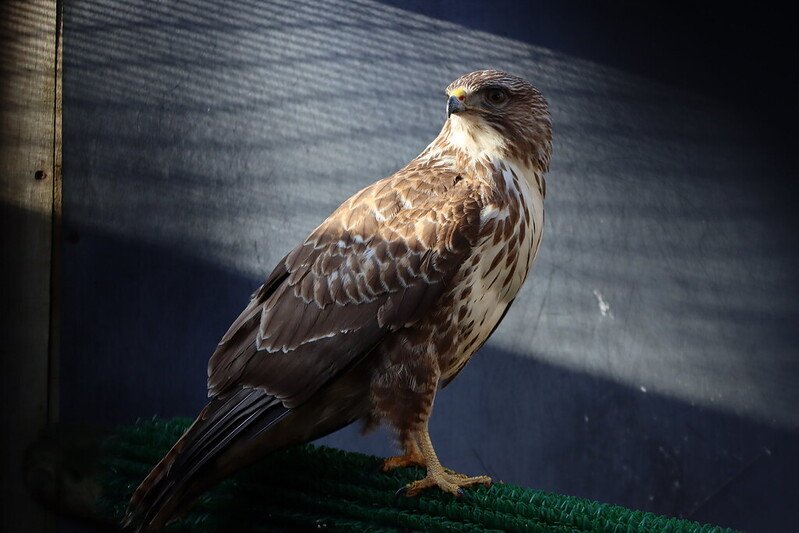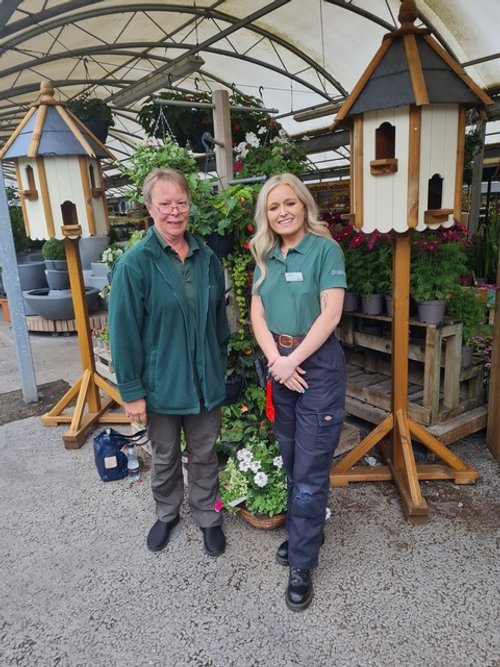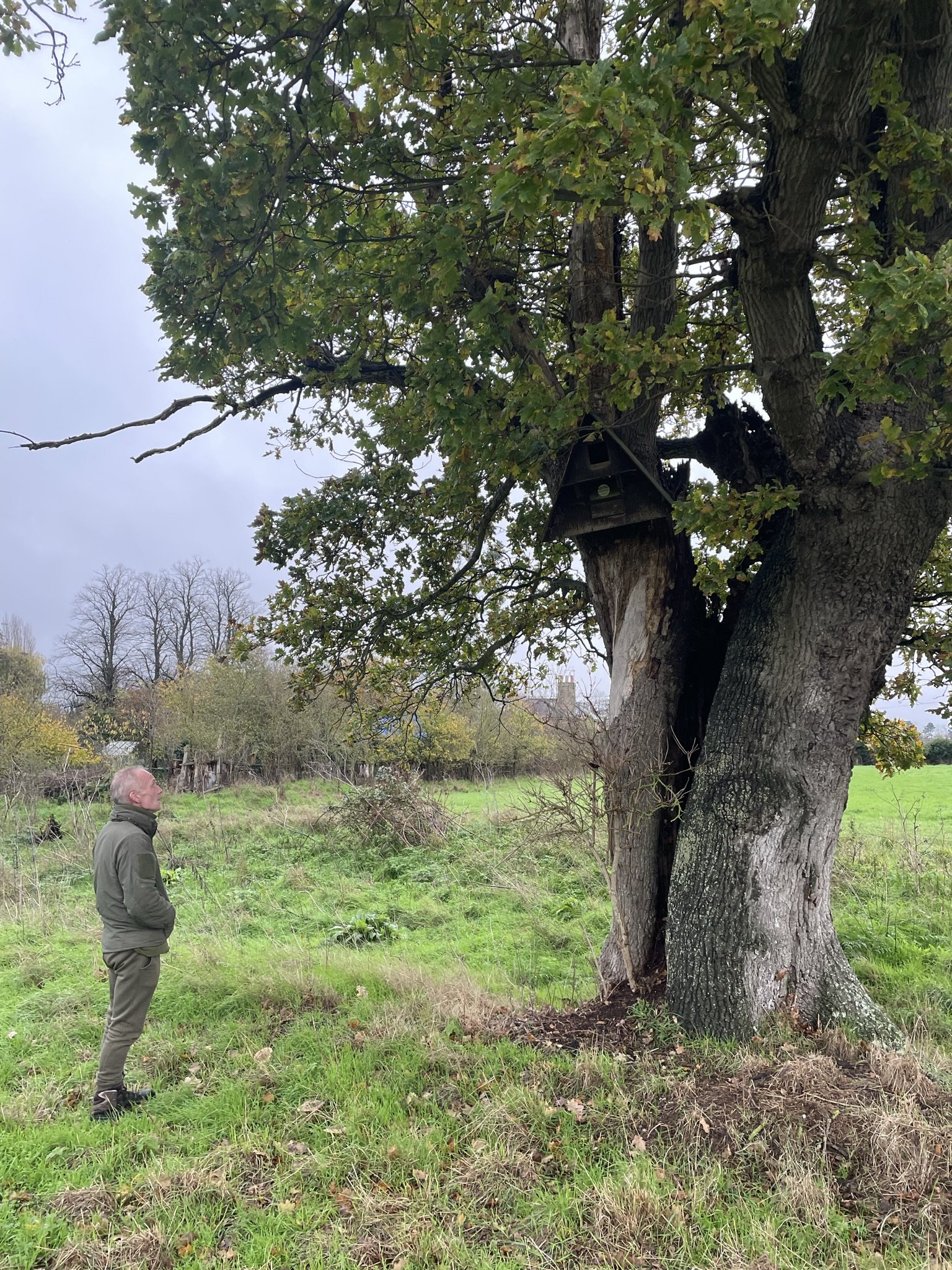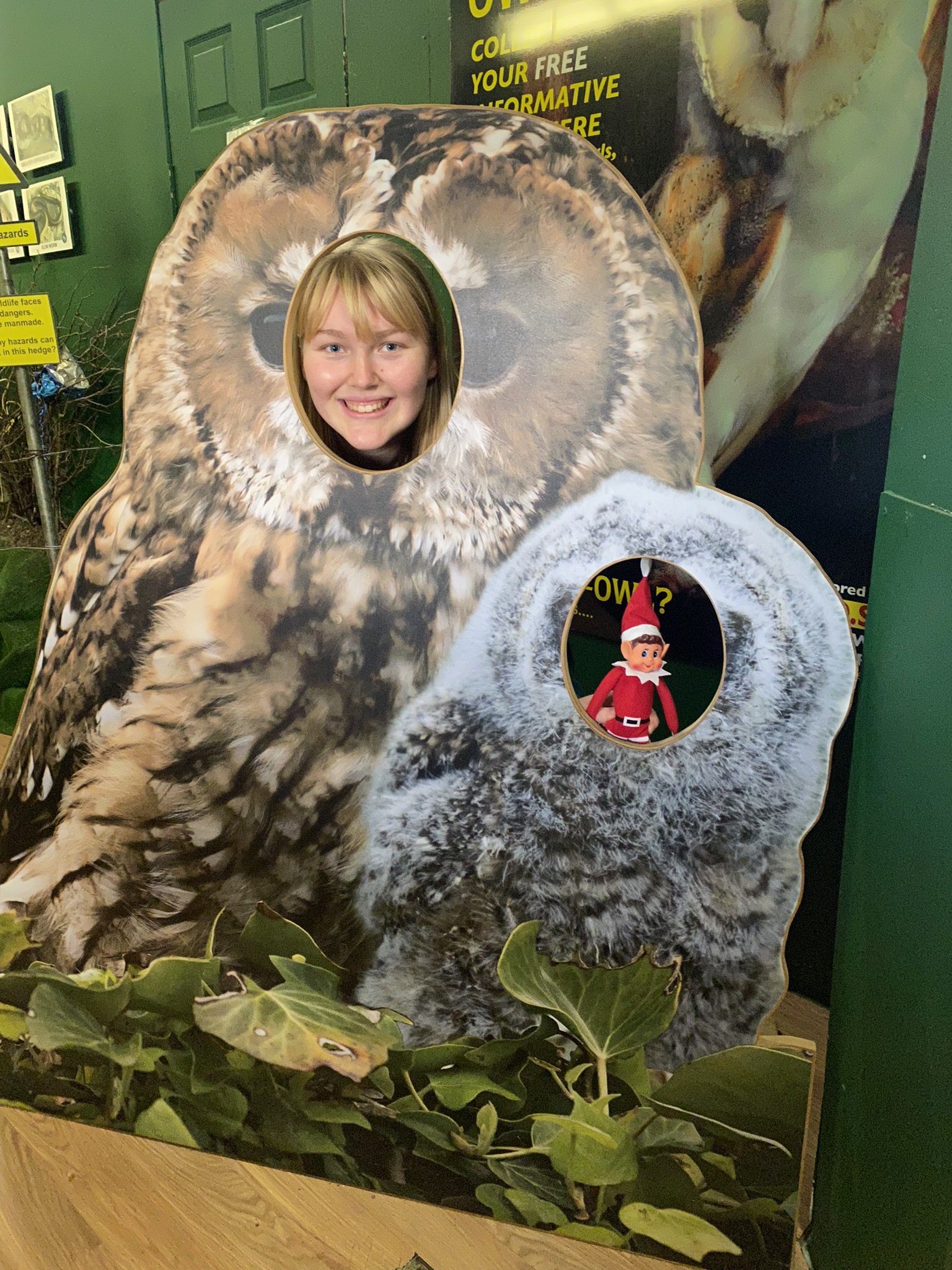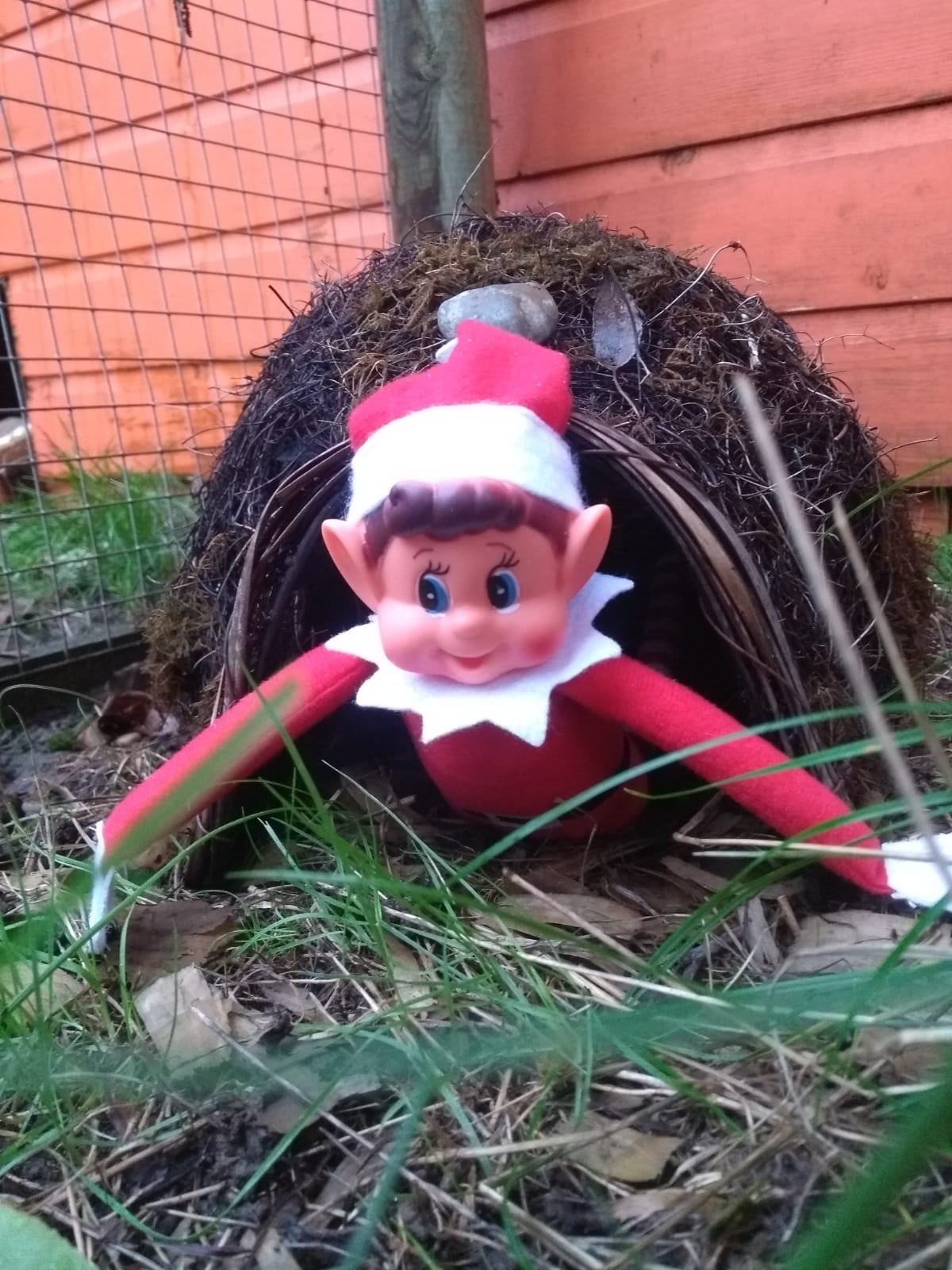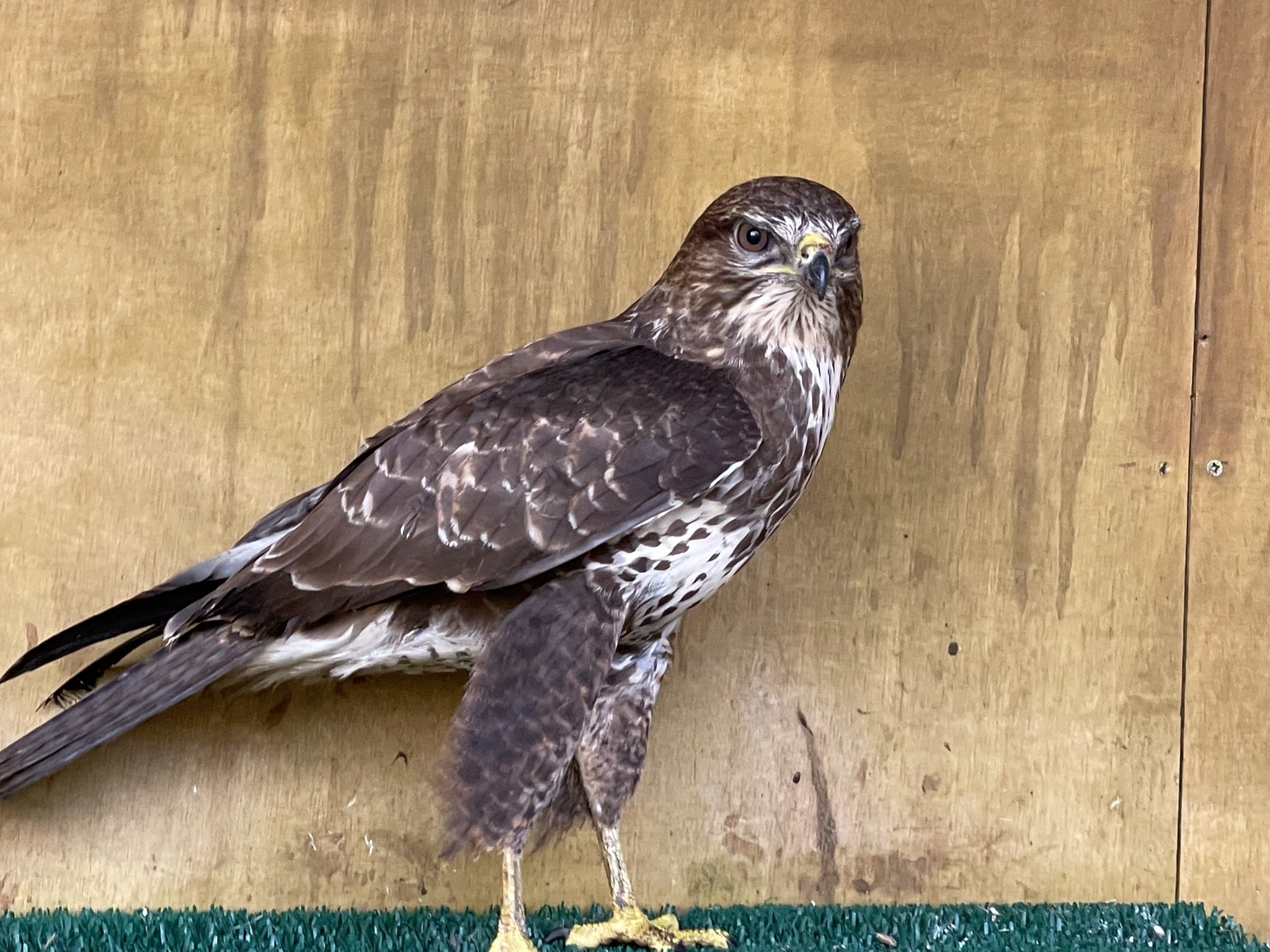Tawny Owls in Suffolk need to have some road safety lessons, as we’re seeing more and more coming in having been hit by cars.
A very poorly Owl
One recent intake was found at the side of a busy road with severe head trauma. Upon arrival, it was clear that this Owl was in a bad way and we didn’t think it would survive. She had been hit on the left side of her head, which was evident from the extensive swelling and blood visible in her eye. We started treating her with pain relief and anti-inflammatories to ease the swelling. Within 24 hours she was able to stand unsupported, and the blood in her eyes had started to recede. An impact like this can cause ulceration in the eye, so once the swelling had dissipated, she was given topical gel treatment twice daily.
Falconers Izzy and Dolly apply treatment to her eye
We weren’t sure how much sight she had, as she required hand feeding for the first week or so. However, one morning when she was checked on, her food was gone, so that was a good sign that she was well on her way to recovery.
Looking better








